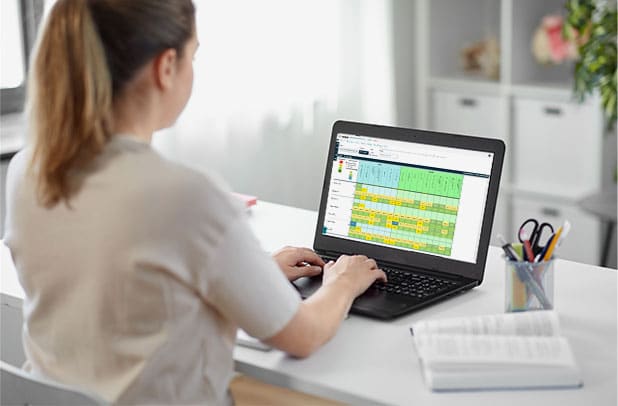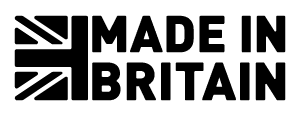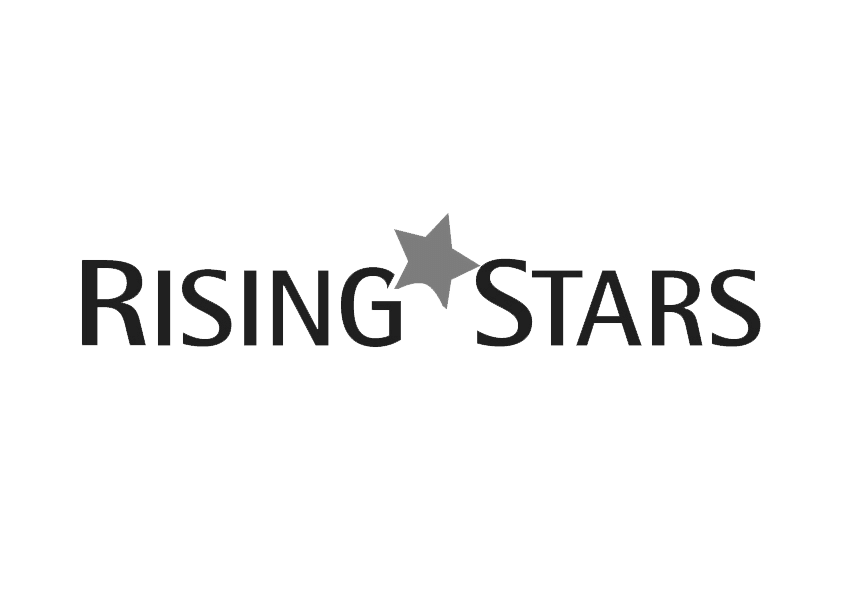Assessing students with additional learning needs is crucial to ensure they are receiving the appropriate support and resources to flourish in an academic and social setting. Having a proactive and child-centred approach to assessment can help identify these students’ strengths and weaknesses, as well as any potential barriers to their learning.
Observation tracking is a powerful tool for supporting students with additional needs in your school. It involves closely monitoring a student’s behaviour and progress over time to identify areas of need for development.
In this blog, we will highlight the benefits of both assessment and observation tracking for educational professionals who work closely with students with additional learning needs.
1.Developing your school’s assessment
Assessments can help identify a student’s strengths and weaknesses but if not carefully planned and considered, then tests can merely serve to fill data sheets and tick boxes.
In recent months, headteachers of various SEND schools across the UK have raised concerns around the new multiplication tables check in Year 4, with teachers worried about the lack of inclusivity built into the test’s structure.
School leaders are acutely aware of the importance of effective assessment of their students’ learning; assessment that is adaptable, meaningful and inclusive. With this in mind, the awareness can be used to tailor teaching methods to fit the student’s needs, which can increase engagement and motivation. Additionally, assessments can be used to identify areas where the student needs additional support. For example, if a student has difficulty with reading comprehension, additional resources such as audiobooks or extra reading materials can be provided. Teachers will then work alongside the SENDCO to ensure personalised development plans are formalised for those students and a monitoring programme will be put in place. We will cover this in more detail later on.
How to support a child with additional needs:
Assessing for Barriers to Learning
Assessments can also help identify any potential barriers to learning that a student may face. For example, a student with dyslexia may struggle with traditional written assessments, but thrive with visual and auditory materials. By identifying these barriers, teachers can provide accommodations and resources to support the student’s learning. This can include providing extra time for assessments or using assistive technology such as text-to-speech software. Again, these adjustments and support mechanisms are monitored and recorded on the student’s individualised plan.
On the other hand, make sure assessment is not embedded as a means to a student’s development. Testing can be a barrier to learning and heighten anxieties the child may have towards sitting exams and being tested. Schools must consider the question: what are we trying to measure? Ultimately assessment should determine the extent of to which a student understands, for example, gravity, percentages or the Blitz. So how assessment is delivered is hugely important in, not only collating meaningful data, but also encouraging students to form more positive attitudes towards assessment in the future. So, consider how a room is setup for assessment or the atmosphere. Is silence necessary? Must the desks be separated so formally? This open-minded approach can open doors to a more inclusive and effective programme for your students with additional needs.
Tailoring Teaching Methods
Assessments can help teachers tailor their teaching methods to fit the needs of students with additional learning needs. For example, a student with autism may respond well to visual aids, so teachers can incorporate more visual elements into their lessons. Similarly, a student with ADHD may need frequent breaks to maintain focus, so teachers can provide short, structured breaks during lessons.
Providing Support and Resources
Assessments can also help identify students who need additional support and resources. For example, a student with a hearing impairment may need hearing aids or a sign language interpreter to fully participate in class. By identifying these needs through assessments, teachers and schools can provide the necessary support and resources to ensure that students with additional needs are not left behind.
2.Tracking through observation
Observation tracking helps educators recognise areas where a student may need further support academically, socially or emotionally. It is important to be aware that often there will be a combination of these three areas hindering the child’s learning. By closely monitoring a student’s behaviour, educators can spot patterns that may indicate a need for further support. For example, if a student has difficulty paying attention in class on a regular basis, observation tracking can help identify this as an area of need and lead to further evaluation and support.
How to support a child with additional needs:
Developing Individualised Plans
Observation tracking can also be used to develop individualised plans for students with additional needs. By closely monitoring a student’s behaviour and progress over time, educators can create tailored plans that address the specific needs of the student. This may include accommodations for certain learning styles, behavioural interventions, or support for emotional regulation.
Tracking Progress
Tracking a student’s progress over time requires regular observation. This allows teachers, SENDCOS and senior leaders to see how effective interventions and supports are, and make adjustments as needed. For example, if a student is struggling with reading comprehension, observation tracking can help the school monitor progress and adjust interventions as needed to ensure the student is making progress.
Collaboration with Parents and Professionals
Observation tracking can also facilitate collaboration between educators, parents, and professionals. By sharing information about a student’s progress and needs, all parties can work together to develop effective plans and interventions. This collaboration can lead to more effective support for the student and can ensure that everyone involved is working towards the same goals. Finally, teachers must consider accessibility and inclusivity factors with regards to home learning and this approach should be outlined in the school’s homework policy.
Take a whole-school approach
Schools should ensure inclusion is the priority of every staff member, from part-time support staff to site manager, to finance and so on. Think about delivering a well-planned professional development programme, with opportunities to focus on additional needs each term as a staff cohort. Consider having an educational psychologist join training sessions to help teams further.
Daily briefings also help staff members working with students on a one-to-one basis to question what the school can develop to embed inclusion and share good practice that can then be applied around other areas of the school environment.
Overarching points on additional needs support
Assessments are essential in supporting students with additional learning needs. They provide valuable information about a student’s strengths and weaknesses, as well as any potential barriers to learning. By using assessments to tailor teaching methods, provide accommodations, and identify students who need additional support, teachers can ensure that students with additional needs are given the best chance to succeed academically and socially. As a result, assessments play a crucial role in creating an inclusive and supportive learning environment for all students.
Observation tracking is a powerful tool for supporting students with additional needs. It allows educators to identify areas of need, develop individualised plans, track progress, and facilitate collaboration with parents and professionals. By using observation tracking, educators can ensure that students with additional needs are receiving the support and resources they need to succeed academically, socially, and emotionally.
Want to track the small step progress for SEND pupils?
Our Observation Tracker can be used to easily monitor your pupils, students or trainees to gain insights into how well they are progressing and whether they are achieving their targets. With the help from our Observation Tracker, track the small step progress of SEND pupils and ensure they reach their full potential. To see our Observation Tracker in more detail, please click here to book a FREE demo.
About the author

Andrew Timbrell
Education writer with over a decade of experience in the sector as a teacher and senior leader.










